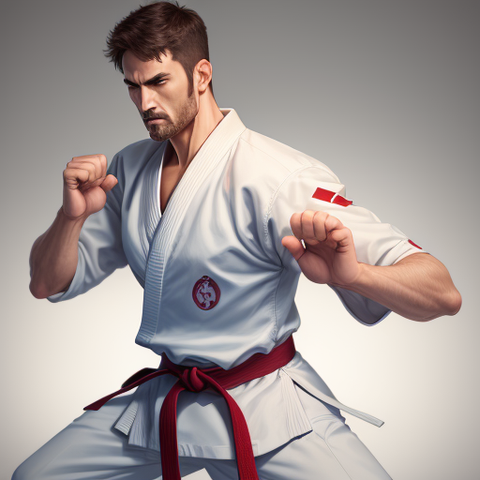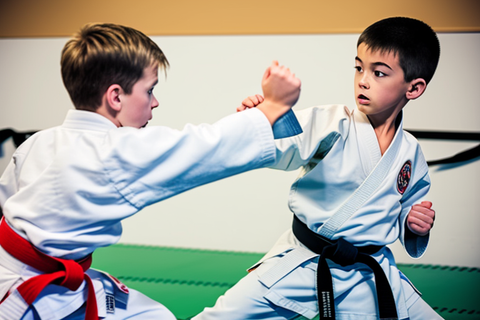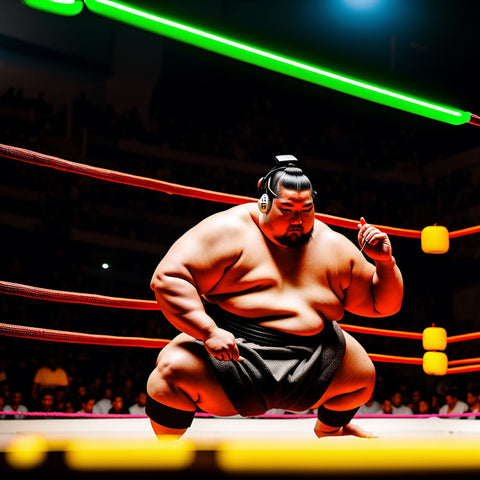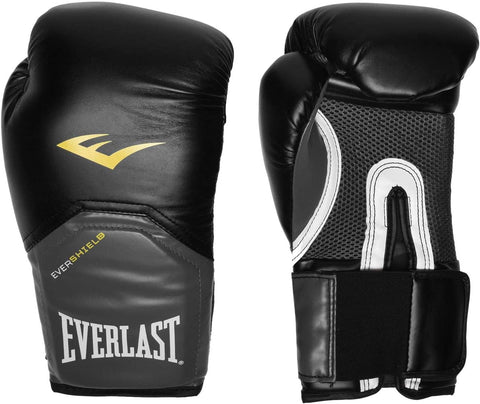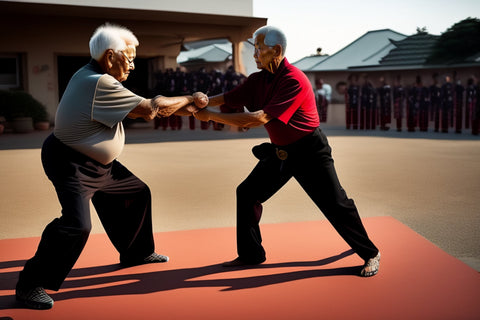Why Are MMA Fighters Not Ripped
 Mixed martial arts (MMA) athletes are known for being extremely great fighters. They train hard and eat cleanly. But why do they look like models while competing?
Mixed martial arts (MMA) athletes are known for being extremely great fighters. They train hard and eat cleanly. But why do they look like models while competing?
While there are many theories about what makes professional fighters so lean, one thing is certain: it isn't genetics. So what causes MMA people to be so slim?
Being ripped just meant you have a low-fat body ratio and muscles in your abdomens. It does not help in landing stronger blows or kicks since the muscles are in your abdomen instead of your arms or legs.
"A body fat percentage below 5 percent is regarded as a warning sign of poor health, even in elite athletes," says Georgie Fear, R.D., author of Lean Habits for Lifelong Weight Loss.
The average male mixed martial artist weighs around 155 pounds, while the average female athlete weighs around 125 pounds. This is much lighter than the average man or woman in the general population.
Athletes who compete in sports such as football, basketball, baseball, soccer, hockey, rugby, and cricket often weigh less than those who participate in endurance sports such as running, cycling, swimming and triathlon.
But even though most athletes in these sports are lean, there are still exceptions. Professional boxers, for example, tend to be very heavy. And while wrestlers usually have a lower body mass index (BMI), they don't necessarily look thin.
In addition, having body fat reduces exhaustion since muscles burn energies faster. The way you move affects how much you burn calories. If you're constantly moving, you'll use up more calories than someone who sits down all day long.
Muscles burn up oxygen quicker than fats

MMA fighter Conor McGregor famously boasts about his physique and how he trains to achieve it. He says he eats like a bird and works out constantly. But does being ripped help him win?
In fact, there are several studies showing that bigger muscles burn up oxygen faster. This leads to fewer energy reserves left over for the brain and heart, making you tired sooner.
A study published in the Journal of Sports Medicine and Physical Fitness found that larger muscles use more oxygen during exercise than smaller muscles do. Researchers measured oxygen consumption while subjects performed squats, bench presses, deadlifts, leg extensions, and calf raises. They found that large muscles used roughly 10% more oxygen than small muscles did.
Another study published in the European Journal of Applied Physiology showed that athletes who trained with heavy weights burned up more oxygen than those who didn't. And another study published in the International Journal of Sports Nutrition and Exercise Metabolism found that people who lifted heavier weights had lower levels of blood lactate, indicating that they were burning fewer calories per pound of weight lifted compared to lighter lifters.
So what does this mean? If you want to improve your performance, focus on getting strong, not just big. Smaller muscles are able to sustain longer periods of activity because they're easier to work.
Muscles Make You Less Flexible And Slower

When it comes to building strength and muscle mass, having muscles hinders flexibility and performance. This is because the connective tissue within our bodies becomes stiffer and less elastic as we age. In fact, studies show that the average person loses about 2% of his/her range of motion every decade. So, if you are 20 years old today, you probably have about 22% less mobility than someone who is 40 years old.
Having big muscles does not necessarily make you stronger. However, being skinny helps build power and speeds up movement. If you want to perform well in ground fighting, flexibility is key.
Some Fighters Don't Care About Dieting
Roy Nelson is one of the biggest names in mixed martial arts today. But he doesn’t seem to care about his diet. In fact, he eats whatever he wants. And it seems to work out well for him. After losing to Brock Lesnar at UFC 200, Nelson revealed that he ate a lot of fast food prior to the fight.
He told TMZ Sports that he went to McDonald’s and Burger King multiple times during the week leading up to the event. On the day of the fight, he ate even more. He said he had a double cheeseburger, fries, chicken nuggets, and a milkshake.
Nelson claims that he didn’t feel sluggish during the bout. However, he did admit that he felt bloated afterwards. So he took a few days off from training and focused on getting rid of the extra weight.
Advantages of skinny MMA fighters
MMA is a sport where weight classes are not important. But there are advantages to being lighter than others. In fact, it’s easier to grapple and strike someone who weighs less. Here are some tips for fighting a smaller opponent.
Disadvantages of skinny MMA fighters
Mixed martial arts is a sport where competitors are divided into weight classes based on their body size. In general, bigger men dominate lighter men, while women compete in separate divisions. This makes sense because big guys have advantages over small guys. They weigh more, they usually have longer reach, and they generally have stronger bones. But there are disadvantages too. For example, smaller people are more agile, and they often have better balance. And some fighters think they can compensate for their lack of muscle mass by being smarter and more creative.
But that doesn't always work out well. Take UFC featherweight champion Max Holloway, who weighs just 155 pounds. He's one of the smallest champions ever. If he wants to keep his belt, he'll have to beat someone much heavier than him. Otherwise, he risks getting knocked out.
Besides maintaining the right muscles/fats, we also covered another article on height advantages and disadvantages for MMA fighters.
Sky Hoon. About
Martial Art Fan
He started his love on martial arts by watching MMA and Angela Lee. He then started this blog to learn more about the different martial arts.
Other Posts By Author


